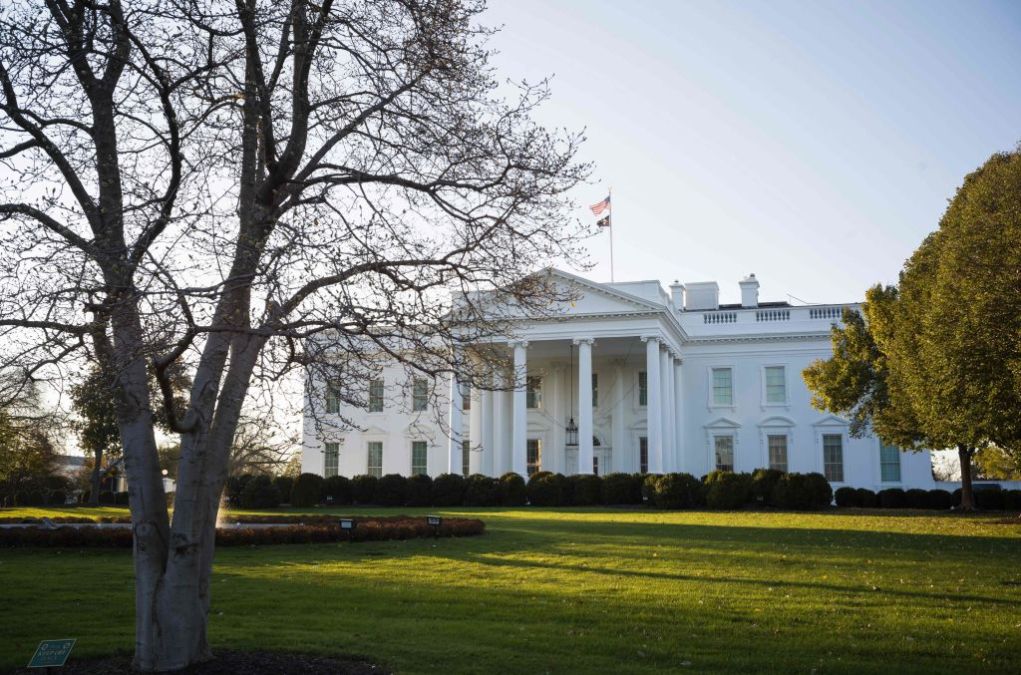Federal IT experts take wait-and-see approach with Elon Musk’s DOGE

As the White House office formerly known as the U.S. Digital Service begins a new era as the United States DOGE Service, federal IT experts are hopeful that its software modernization initiative is successful, but have questions about how it will get the job done.
An executive order issued Monday by President Donald Trump announced the creation of the U.S. DOGE Service Temporary Organization within the new USDS organization, which aims to advance an 18-month agenda for the Department of Government Efficiency, including through modernizing federal technology and software for efficiency.
Rep. Gerry Connolly, D-Va., ranking member of the House Committee on Oversight and Government Reform, said in a statement to FedScoop that while the full scale and scope of Trump’s federal IT executive order “remains to be seen,” the new administration needs to commit to confronting the “most intractable challenges in federal IT modernization efforts” as well as making necessary investments upfront.
“Given the involvement of Elon Musk and his record of attacking, doxing and vilifying federal employees, however, I remain cautious about any effort that gives him sweeping, government-wide authorities,” Connolly said of the tech billionaire and DOGE leader.
The order requires each federal agency to establish a DOGE team of at least four employees within 30 days, in addition to ensuring that USDS has “full and prompt access to all unclassified agency records, software systems and IT systems.” The order states that it displaces “all prior executive orders and regulations … that might serve as a barrier to providing USDS access to agency records and systems as described.”
The DOGE teams within agencies could include special government employees (SGEs) that are either hired or assigned. The typical makeup of a DOGE team would be a team lead, an engineer, a human resources specialist and an attorney, the order states.
Despite the details laid out in the order, there’s plenty of uncertainty about how the changes will play out in practice. Noah Kunin, a core collaborator with USDS during his time as an infrastructure director at the General Services Administration during the Obama and first Trump administrations, said that DOGE’s approach to data collection “could look like almost anything, and that is both the promise and peril of this provision.”
There are federal IT laws that the EO would not be able to impact, Kunin noted, including the Federal Information Security Management Act (FISMA), the Privacy Protection Act and others.
“These and other laws and regulations are there to on purpose, by design, slow down cross-agency government technical and data work to prevent the kind of abuses that might come from this unrestricted access,” Kunin said.
He continued: “Some of the questions I’m going to have is, are you going to use a pre-existing system that has gone through this incredibly rigorous compliance architecture to be classified as sufficiently protective of confidentiality, integrity and availability of the data, right? Or are they all going to dump it into just some random data center somewhere that [Musk] gives them access to that is under private control?”
Kunin said that both of those ideas have “very different consequences as to the disposition of people’s data,” which includes federal employees, the general public and business data.
The EO states that USDS will adhere to “rigorous data protection standards,” but did not respond to follow-up questions from FedScoop in time for publication.
Alex Howard, a digital government expert, said that if the executive branch’s goal with DOGE is to collect data on agencies’ spending, the status of contracts and understanding how those IT systems are working, “in theory, that is an absolutely nonpartisan, bipartisan goal.”
“It’s not novel in the sense of, people from the White House have been asking to look at stuff forever,” Howard said. “The question is … what is the goal here and what is the outcome?”






